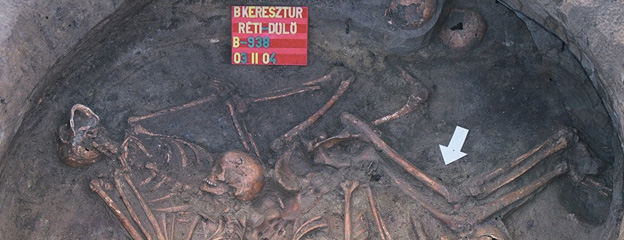CRAFTER: Europe funds Bronze Age Potters
Reviving Europe’s Bronze Age and traditional pottery-making in a new cooperation project
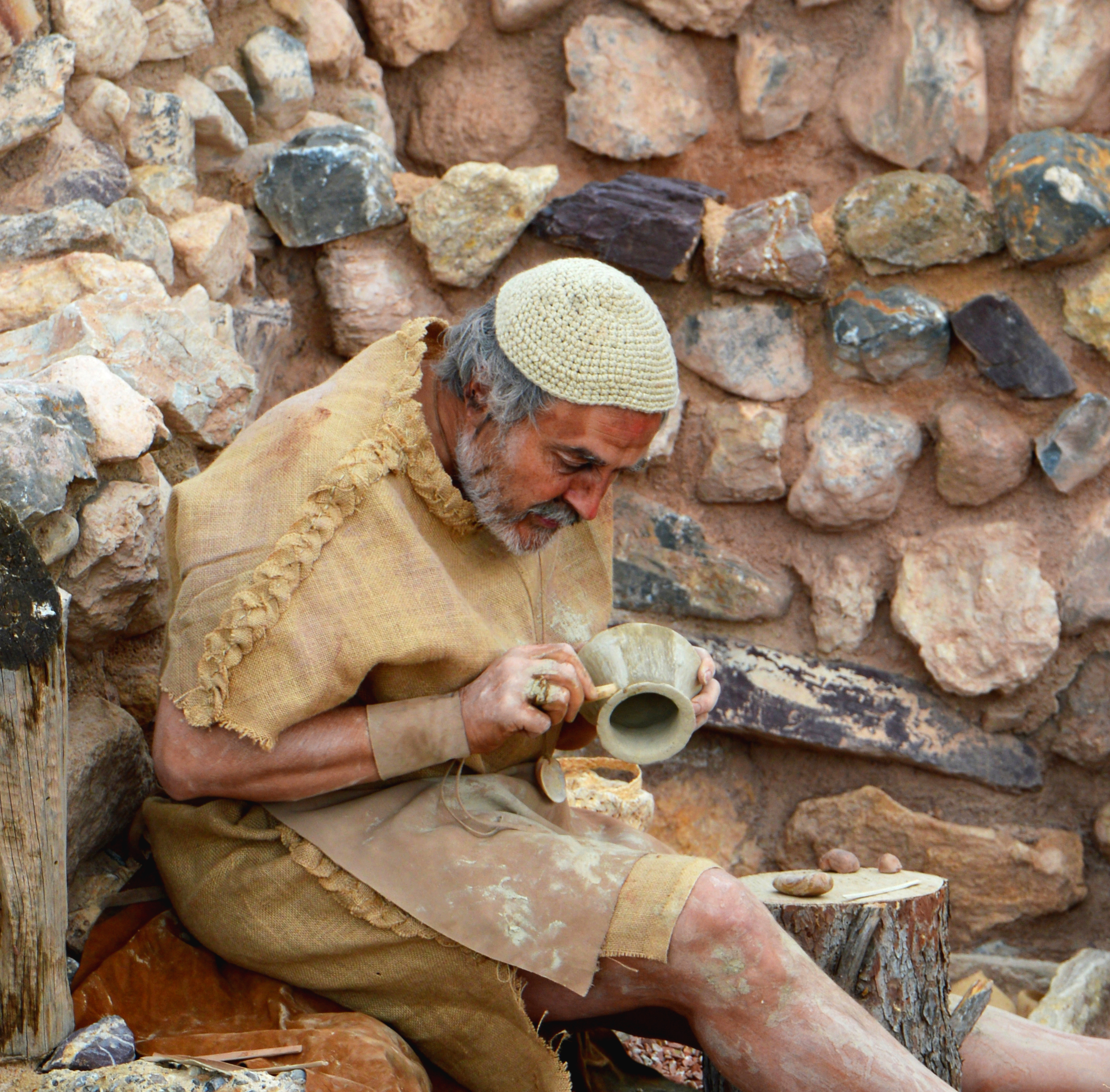
A cooperation project led by the Friends Association of the Archaeological Site of La Bastida (ASBA), from Totana, Spain, will be funded with 104.760,52 euros by the EACEA (Education, Audiovisual and Culture Executive Agency), on behalf of the European Commission. The project is called Crafting Europe in the Bronze Age and Today, CRAFTER for short, and will draw inspiration from Europe’s Bronze Age pottery to help revive modern-day artisanship.
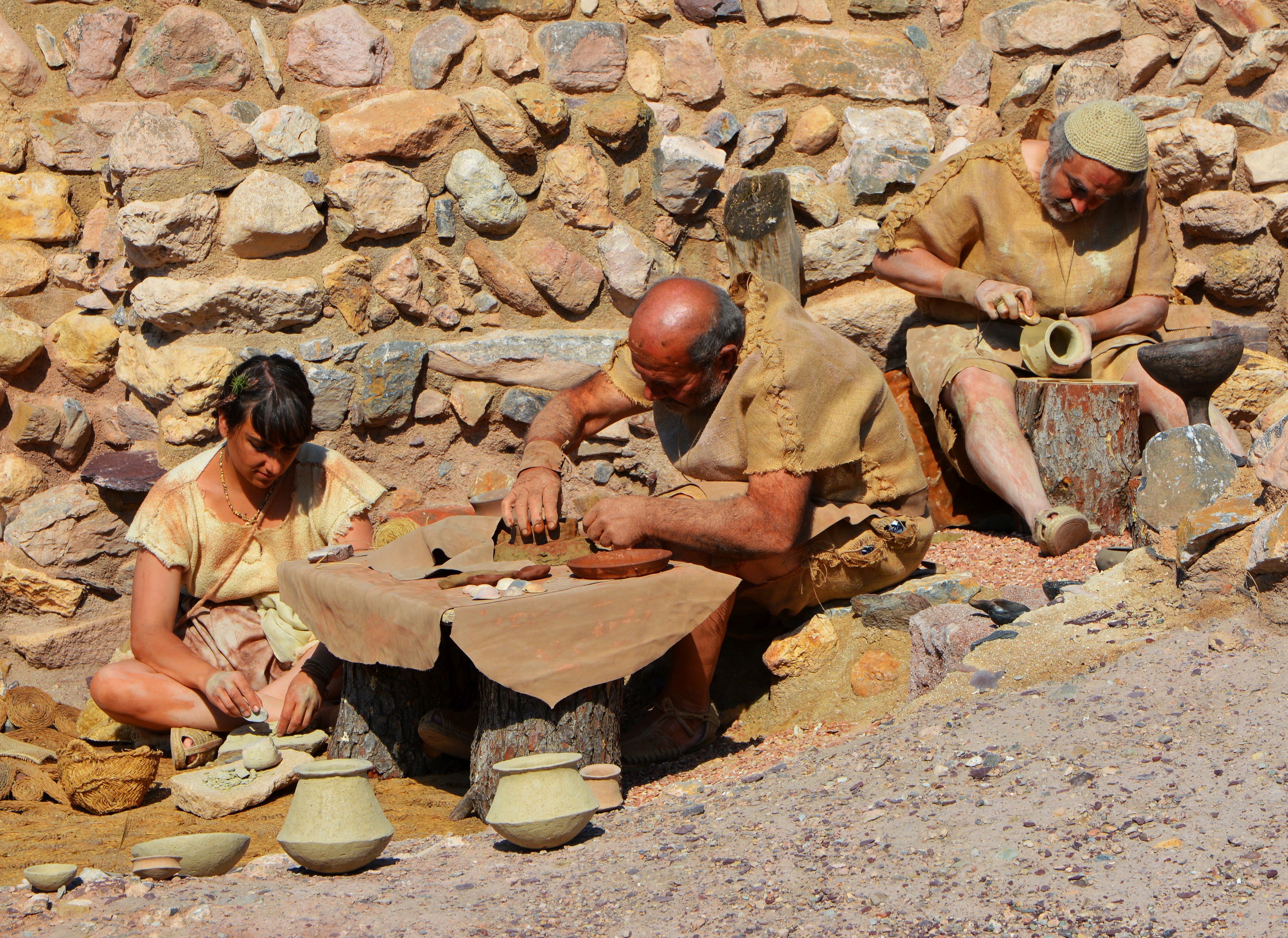
The funding for CRAFTER is part of the Creative Europe programme and connected to the 2018 European Year of Cultural Heritage. The programme targets the appreciation of Europe’s cultural heritage as a shared resource and the reinforcement of a sense of belonging to a common European space. In particular, it hopes to make cultural heritage a source of inspiration for contemporary creation and innovation, and strengthen the interaction between this sector and other cultural and creative sectors.
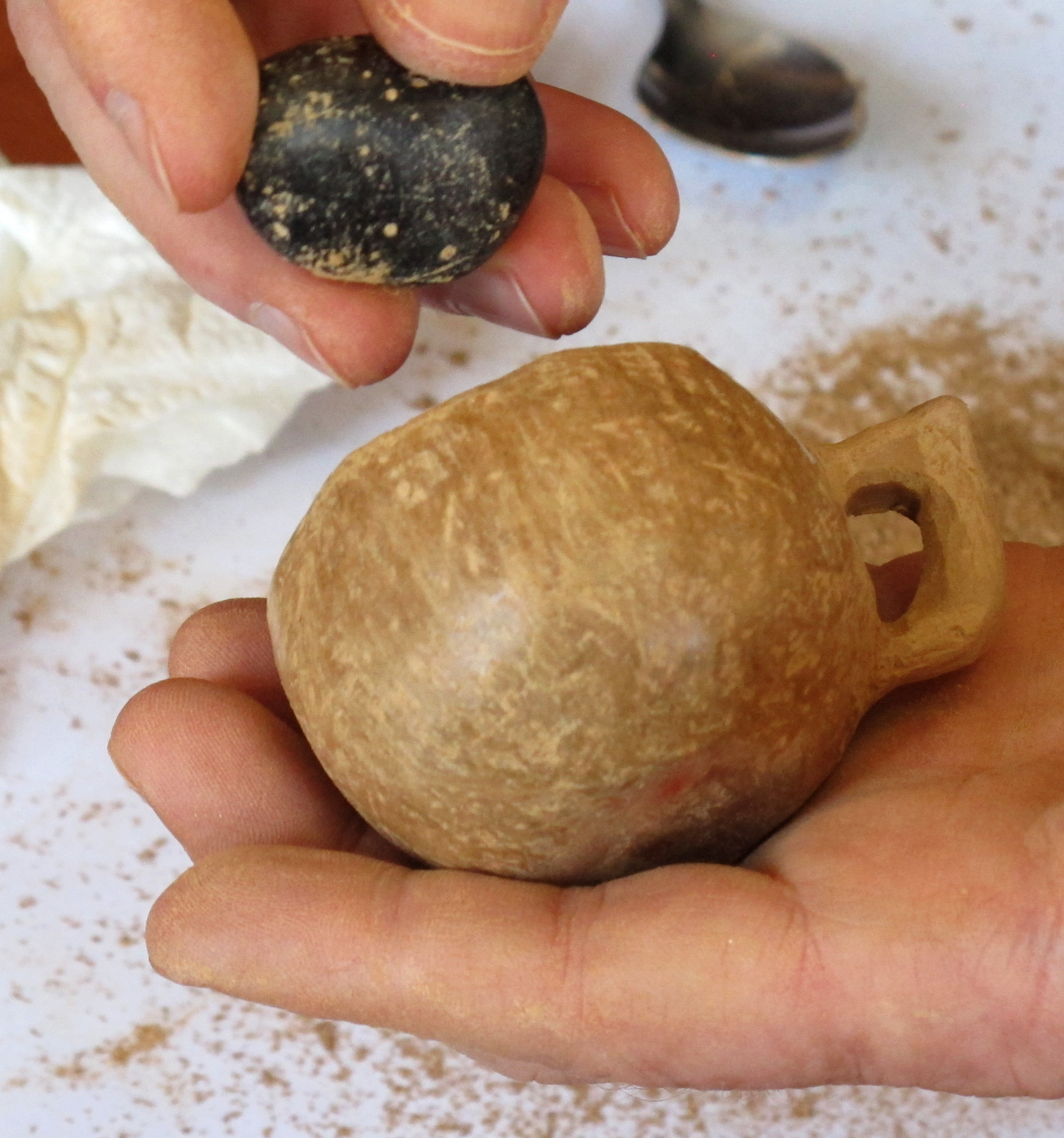
CRAFTER will be carried out by a partnership of eight organisations from five European countries: Spain, the Netherlands, Germany, Hungary and Serbia. They are the Universitat Autònoma de Barcelona and the Town Hall of Mula (Spain), EXARC (The Netherlands), the Halle State Museum of Prehistory (Germany), the Déri Museum of Debrecen and the Hungarian Academy of Sciences (Hungary) and the Hometown Museum of Paraćin (Serbia). Beginning in the current European Year of Cultural Heritage and running until the end of 2019, CRAFTER will organise a series of activities.

First, cultural heritage professionals and local artisans from all participant countries will share views and experiences in a meeting that will set the scene for other actions. This first event will take place in autumn of 2018 and therefore highlight the European Year of Cultural Heritage. Next, four potters from Spain, Germany, Hungary and Serbia will draw on their skills to (re)create ceramic vessels representative of some of the most outstanding Bronze Age cultures of Europe: El Argar (southeast Spain), Únětice (Central Europe), Füzesabony (eastern Hungary) and Vatin (south Serbia). This process will at the same time be captured in four documentary films, which will showcase a double heritage: the prehistoric pottery and the nowadays threatened traditional artisanship. The fourth main commitment of CRAFTER is an event to be held simultaneously in Spain, Hungary, Germany and Serbia at the end of 2019: a gathering at which the ceramic replicas and new creations, alongside the documentaries, will be shared with a wide public.
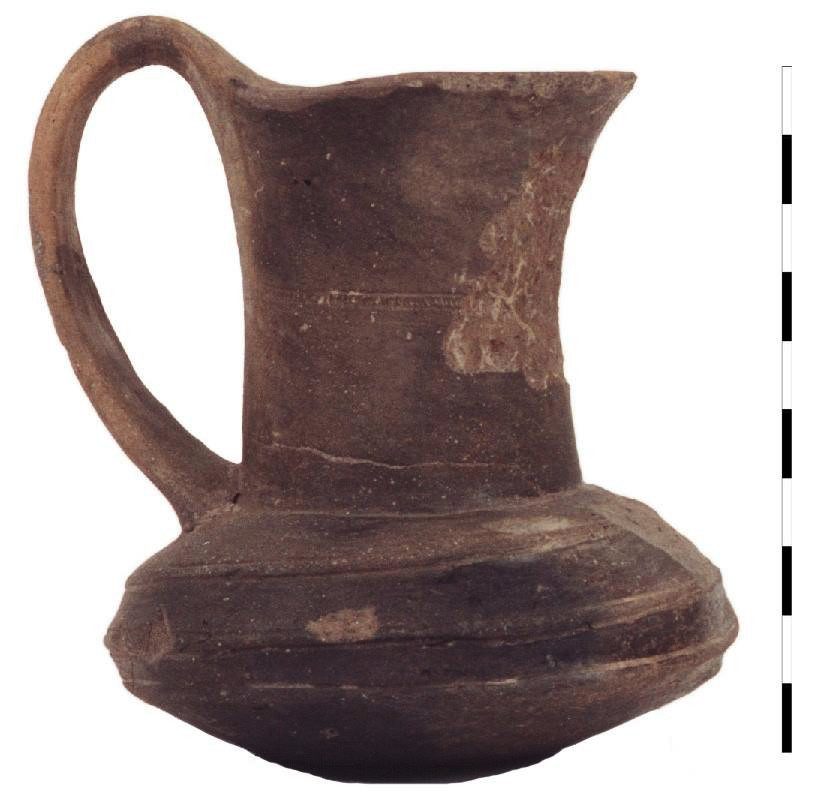
Another key objective is to turn the experiences acquired by the potters in the context of the project into an opportunity to revive their trade. CRAFTER is about sharing cultural heritage, preserving it, and finding innovative ways to make a sustainable tourism around it. To achieve this goal, and in addition to online dissemination, the project’s final initiative will seek to make the ceramic reproductions available for at museums and online shops, in an effort to open a market for these new creations.
The Hungarian participants of the CRAFTER project are fellows of the Déri Museum, Debrecen (Csaba Balogh, János Dani, Anna Priskin, Vajk Szeverényi) and members of the Momentum Mobility Research Group, HAS RCH Institute of Archaeology (László Gucsi, Viktória Kiss, Gabriella Kulcsár)
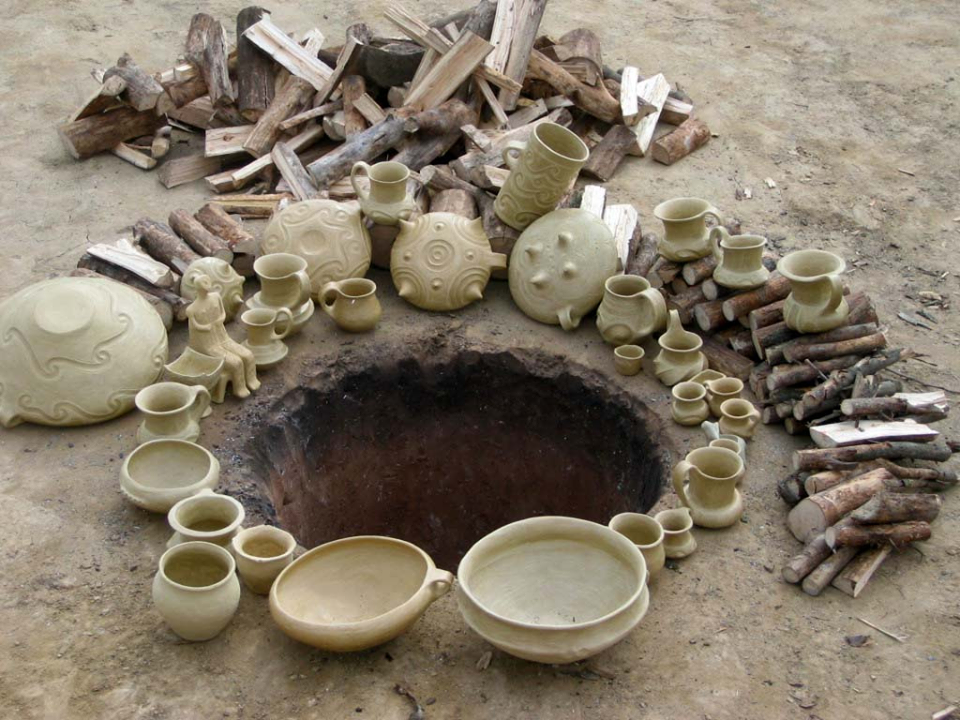
Text: EXARC.net
Images: EXARC.net; Déri Museum, László Gucsi


